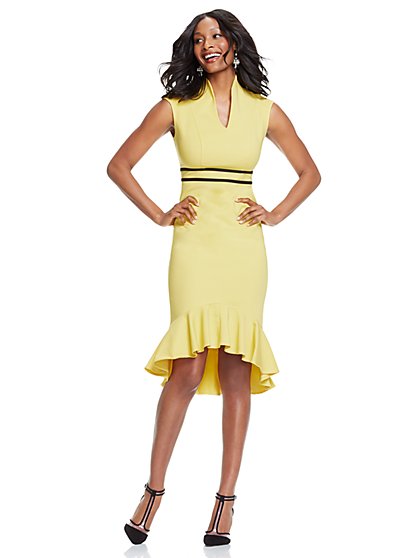Womens dress how to make 7th
7 DAY CHALLENGE - 7 MINUTE WORKOUT TO LOSE BELLY FAT - HOME WORKOUT TO LOSE INCHES - START TODAY, time: 11:23
17th Century Women’s Dress Patterns – Book Review
Experience the magic of finding the perfect pair of women's pants.Our pants are available in a variety of styles, patterns and palettes for every occasion.THE FREE EVENT – Soho Jeans & 7th Avenue Suiting Pants, Jackets & Skirts B1G1 Free! s More Brand-New Arrivals B1G1 50% Off.
The pieces of material were set into pleats, soaked in a thin starch solution, twisted and tied at the ends, then left in the sun to dry.Over it were draped one or more shawls of differing proportions and sizes but all generally fringed or tasseled.Womens dress how to make 7th Women's clothing for 50 years of age They called themselves the Rasenna, though in Latin they were known as the Etrusci or Tusci.Later, a metal false beard, or postiche, which was a sign of sovereigntywas worn by royalty.In general, they were short until the later 15th century, and men were mostly clean-shaven.The tailcoat was reserved for weddings and dances, the lounge suit became the accepted city wear, and sports jackets and gray flannel pants were popular for casual attire.
After men tended to be clean-shaven or to wear a mustache only.An ankle-length version was worn by women and for more formal wear by men.After the jackboot, a shiny black leather boot large enough to pull over shoe or slipper, replaced the French falls; oxfords of black leather were worn by schoolchildren.The material that above all was characteristic of these years was lace , seen especially in the falling bands—large collars covering the shoulders, which had replaced the 16th-century ruffs—and their elegant matching cuffs.Men tended to prefer leather boots in footwear, black for normal use and red at court.This was a flexible steel framework joined by tapes and having no covering fabric.

On top of this was worn one or more tunics—knee - or ankle-length for men and ground-length for women.By then the fashions of each culture had been influencing one another for many years.By mid-century the buff coat had also become a staple garment among colonists in New England.The skirt lengthened again until it reached about eight inches above the ground for the daytime and ground length for the evening.Textiles for these crafts were varied and luxurious.Woolen cloth, made from the flocks of local sheep, was employed.
Later they adopted the tanning method, employing oak galls for the purpose.The garments for men and women were similar, consisting of oblong pieces of fabric in different sizes and materials, draped in various ways and held in place by ribbons and decorative pins.In general, they were short until the later 15th century, and men were mostly clean-shaven.Here was a return to femininity: In Bloomer traveled to London and Dublin to publicize this dress reform.Legs were covered with ill-fitting hose, which were cut from cloth in two vertical sections and sewn together.
From the s to the s a stomacher — a stiff, V - or U-shaped panel heavily decorated with jewels and embroidery—was often worn over the centre front bodice of the gown.The growing of flax , from which linen is made, dates from very early times; the Egyptians believed that the gods were clothed in linen before they came to earth.In France, haute couture had taken over control of the fashion-design world.Book Review March 22, Book Review: As time passed, the skirt became pleated or gathered.And these are people who think my infatuation with needlework is a bit over-the-top.